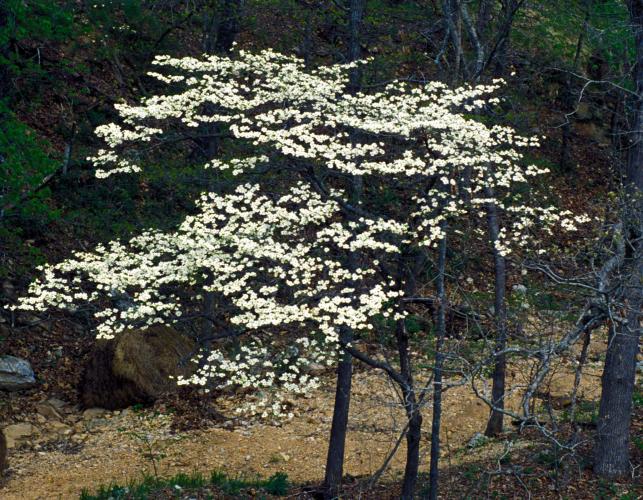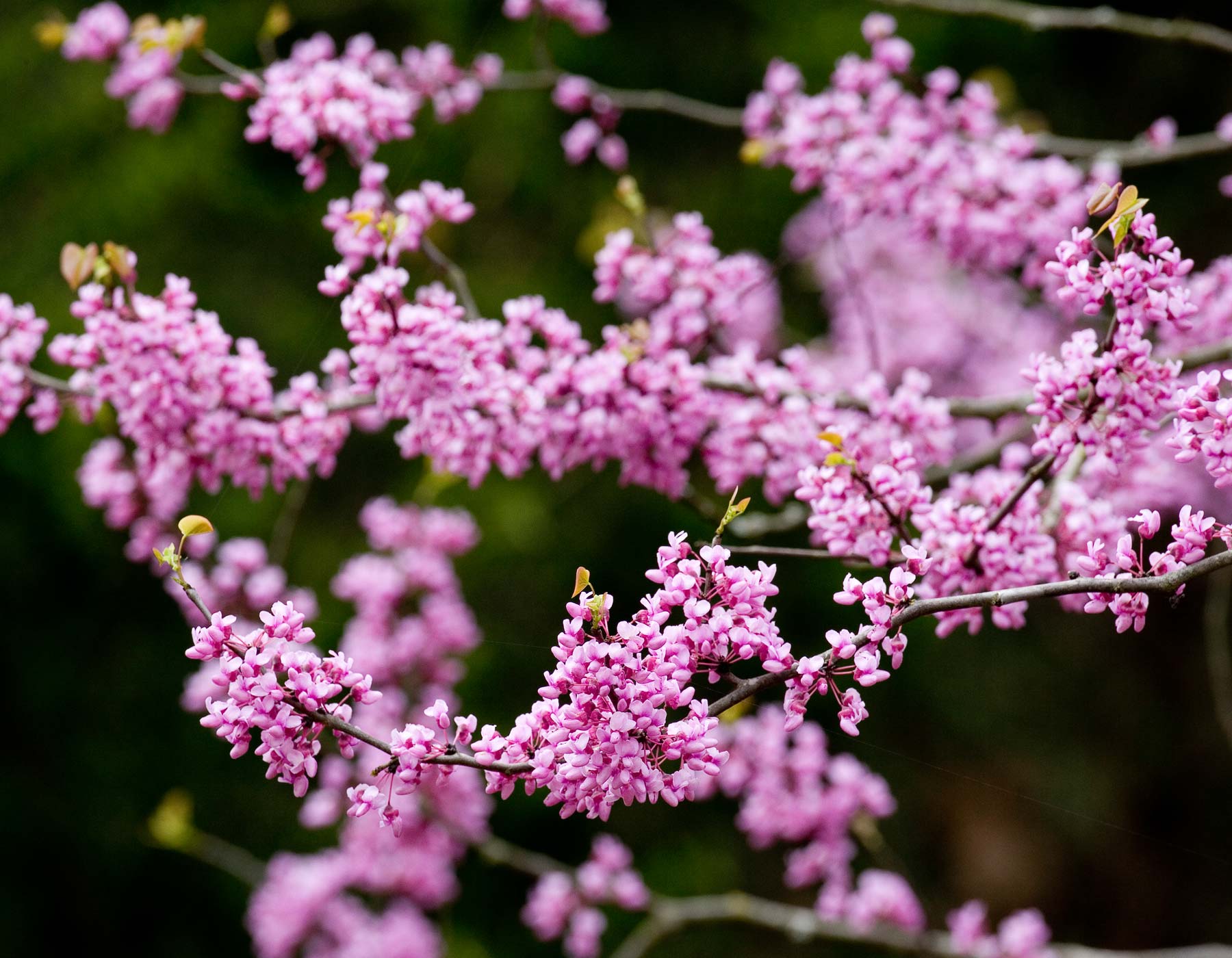
Xplor reconnects kids to nature and helps them find adventure in their own backyard. Free to residents of Missouri.


































Stay in Touch with MDC news, newsletters, events, and manage your subscription

Xplor reconnects kids to nature and helps them find adventure in their own backyard. Free to residents of Missouri.

A monthly publication about conservation in Missouri. Started in 1938, the printed magazine is free to residents of Missouri.




JEFFERSON CITY, Mo. – With anything resembling normal weather, Missouri could see dogwood and redbud blossoms earlier than usual this year. But all bets are off if the thermometer continues the yo-yo behavior seen over the past month.
Nick Kuhn, forestry field programs supervisor for the Missouri Department of Conservation, says extremely cold weather can actually cause flowering trees to blossom earlier than they might under more normal conditions.
“Nothing about this year’s weather has been normal so far,” says Kuhn, “but if things take a turn toward more average spring weather, we could start seeing redbud blossoms very soon, and dogwoods not far behind.”
Serviceberry and redbuds typically start blooming in late March. Dogwood flowers typically open in mid-April, though the actual date in any given year can vary by as much as three weeks. Kuhn says he would not be surprised to see dogwoods blooming in early April this year … if the weather remains average or warmer.
“The timing of tree flowering and green-up is affected to some degree by day length,” says Kuhn, “similar to the behavior of many animals. But weather plays a pivotal role, too. Assuming there is no late cold snap, the rapid shift from late extreme cold to unseasonably warm weather is likely to speed up flowering and associated changes in all trees, not just dogwoods and redbuds.”
Kuhn says tree buds and new growth also take on visible colors in the spring. New twigs are not always green. They can be red or orange, depending on species. Swelling buds can also turn attractive reds, oranges, and yellows, adding subtle dimensions to spring colors.
Trees in urban settings normally bloom earlier than those in the wild, due to heat retention by asphalt and concrete. The following routes provide good viewing for those who want to see wild trees in bloom.
For more information about Missouri’s native, spring-flowering trees such as flowering dogwood, visit mdc.mo.gov/node/989.
Kuhn says accelerated blooming schedules also could shorten the time when spring breezes are laden with tree pollen – great news for allergy sufferers.
According to Kuhn, trees across much of Missouri are well on their way to recovering from the extremely stressful drought and heat of 2012. Missouri received more rain last year, and the summer was not nearly as hot as in 2012.
“If this year’s summer weather is bad I would still only be somewhat concerned for tree health,” he says. “If this year is not bad or even if it goes bad in mid-August or later, trees that went into the summer healthy would get along pretty well.”
He went on to say that landscape trees in parts of the state that experienced drought in both 2012 and 2013 will need supplemental watering well into the summer months to regain their vigor.
“If they made it this long they must be tough, so give them water and mulch, but do not fertilize other than low rate slow-release fertilizer this spring.”
Kuhn cautioned that high-nitrogen fertilizer, which typically is used on lawns, can cause excessively fast growth in trees. This rapid growth often can’t be sustained in hot, dry weather, causing the trees to look poor later in the summer. Regular watering – deep soaking every two weeks – can prevent this.
For more information about caring for trees, visit mdc.mo.gov/node/3321.